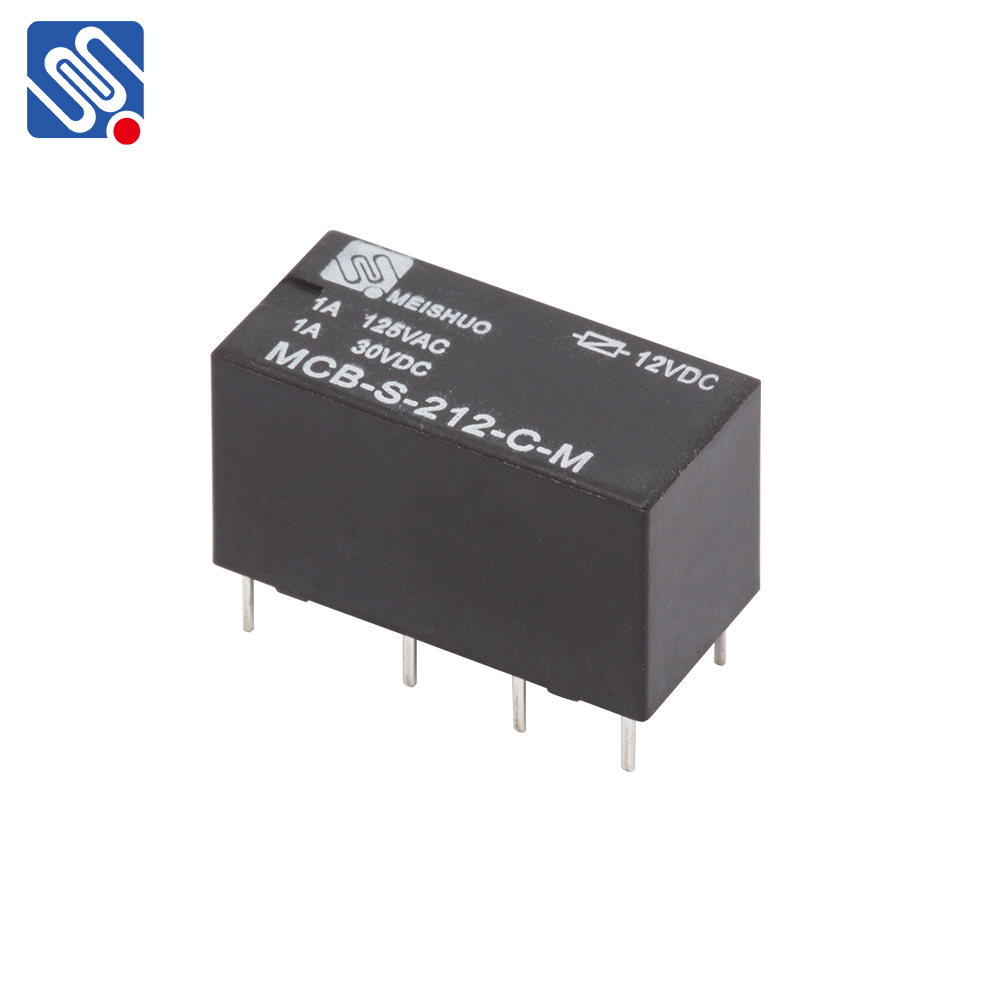Relay signals play a critical role in modern communication systems. They are used to extend the range and improve the quality of signals in various types of networks, including telecommunication, broadcasting, and computer networks. A relay signal is essentially a message or signal that is transmitted through an intermediary device—known as a relay—before reaching its final destination. This process allows the signal to be amplified, redirected, or transformed to overcome obstacles or distance limitations. In this article, we will explore the concept of relay signals, their importance, and how they function in different systems.

The Basics of Relay Signals Relay signals are part of a broader category of communication systems designed to transmit data across a range of environments, often facing obstacles like physical barriers, interference, or long distances. A relay is typically a device that receives an incoming signal, processes or amplifies it, and then retransmits it to another location. This can be essential in scenarios where direct transmission of a signal is not feasible due to range limitations or the presence of interference. The main purpose of relay signals is to ensure the efficient and reliable delivery of information. Whether it is a radio signal bouncing off satellites or a digital message passing through a series of intermediate devices, relay signals allow for better coverage and data integrity in communication networks.